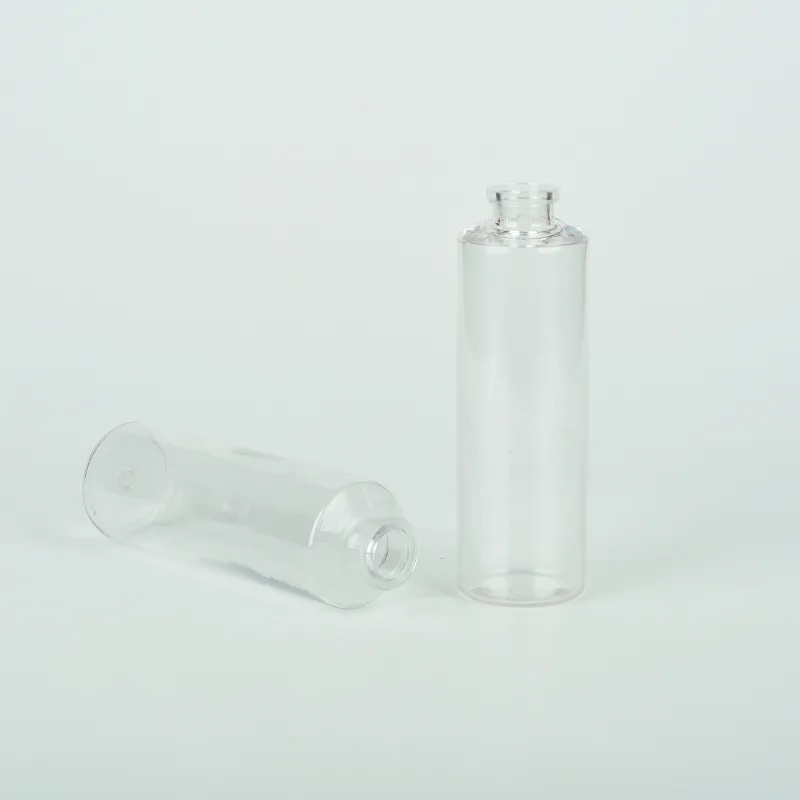
-
 Afrikaans
Afrikaans -
 Albanian
Albanian -
 Amharic
Amharic -
 Arabic
Arabic -
 Armenian
Armenian -
 Azerbaijani
Azerbaijani -
 Basque
Basque -
 Belarusian
Belarusian -
 Bengali
Bengali -
 Bosnian
Bosnian -
 Bulgarian
Bulgarian -
 Catalan
Catalan -
 Cebuano
Cebuano -
 Corsican
Corsican -
 Croatian
Croatian -
 Czech
Czech -
 Danish
Danish -
 Dutch
Dutch -
 English
English -
 Esperanto
Esperanto -
 Estonian
Estonian -
 Finnish
Finnish -
 French
French -
 Frisian
Frisian -
 Galician
Galician -
 Georgian
Georgian -
 German
German -
 Greek
Greek -
 Gujarati
Gujarati -
 Haitian Creole
Haitian Creole -
 hausa
hausa -
 hawaiian
hawaiian -
 Hebrew
Hebrew -
 Hindi
Hindi -
 Miao
Miao -
 Hungarian
Hungarian -
 Icelandic
Icelandic -
 igbo
igbo -
 Indonesian
Indonesian -
 irish
irish -
 Italian
Italian -
 Japanese
Japanese -
 Javanese
Javanese -
 Kannada
Kannada -
 kazakh
kazakh -
 Khmer
Khmer -
 Rwandese
Rwandese -
 Korean
Korean -
 Kurdish
Kurdish -
 Kyrgyz
Kyrgyz -
 Lao
Lao -
 Latin
Latin -
 Latvian
Latvian -
 Lithuanian
Lithuanian -
 Luxembourgish
Luxembourgish -
 Macedonian
Macedonian -
 Malgashi
Malgashi -
 Malay
Malay -
 Malayalam
Malayalam -
 Maltese
Maltese -
 Maori
Maori -
 Marathi
Marathi -
 Mongolian
Mongolian -
 Myanmar
Myanmar -
 Nepali
Nepali -
 Norwegian
Norwegian -
 Norwegian
Norwegian -
 Occitan
Occitan -
 Pashto
Pashto -
 Persian
Persian -
 Polish
Polish -
 Portuguese
Portuguese -
 Punjabi
Punjabi -
 Romanian
Romanian -
 Russian
Russian -
 Samoan
Samoan -
 Scottish Gaelic
Scottish Gaelic -
 Serbian
Serbian -
 Sesotho
Sesotho -
 Shona
Shona -
 Sindhi
Sindhi -
 Sinhala
Sinhala -
 Slovak
Slovak -
 Slovenian
Slovenian -
 Somali
Somali -
 Spanish
Spanish -
 Sundanese
Sundanese -
 Swahili
Swahili -
 Swedish
Swedish -
 Tagalog
Tagalog -
 Tajik
Tajik -
 Tamil
Tamil -
 Tatar
Tatar -
 Telugu
Telugu -
 Thai
Thai -
 Turkish
Turkish -
 Turkmen
Turkmen -
 Ukrainian
Ukrainian -
 Urdu
Urdu -
 Uighur
Uighur -
 Uzbek
Uzbek -
 Vietnamese
Vietnamese -
 Welsh
Welsh -
 Bantu
Bantu -
 Yiddish
Yiddish -
 Yoruba
Yoruba -
 Zulu
Zulu
Centrifuge Bottle Laboratory Apparatus - Essential Tools for Scientific Research
The Uses of Centrifuge Bottles in Laboratory Settings
Centrifuge bottles are essential tools in laboratory settings, primarily utilized for the separation and isolation of substances through centrifugation. This method takes advantage of the centrifugal force generated by spinning samples at high speeds. As the bottles rotate, denser substances move outward, while lighter components remain closer to the center. The applications of centrifuge bottles span various scientific fields, including biology, chemistry, and environmental science, making them indispensable for many research and clinical procedures.
One of the primary uses of centrifuge bottles is in biological and medical laboratories. They are often employed to separate blood components in clinical pathology. When blood samples are centrifuged, the heavier red blood cells settle at the bottom of the bottle, while the plasma, which is less dense, rises to the top. This separation allows for the analysis of different constituents of blood, facilitating diagnoses and research on various hematological conditions.
In microbiology, centrifuge bottles are used to concentrate bacterial cultures or isolate cellular components. For instance, researchers may centrifuge a culture of bacteria to obtain a concentrated pellet of cells for further study. This process is crucial in antibiotic susceptibility testing, where precise measurements of bacterial populations are required to determine the efficacy of antimicrobial agents.
Centrifuge bottles also play a vital role in chemical laboratories. They are used to separate solid particles from liquids, a process essential in reactions that generate precipitates. After a chemical reaction, a centrifuge can quickly separate the solid product for purification. This is particularly important in the synthesis of pharmaceuticals, where the purity of a compound can significantly affect its efficacy and safety.
centrifuge bottle laboratory apparatus uses

In the field of environmental science, centrifuge bottles are employed to analyze soil and water samples. When sediment samples are centrifuged, pollutants and particulates can be isolated for further analysis. This process is crucial in monitoring environmental contamination, studying sedimentation processes, and assessing the health of aquatic ecosystems.
Centrifuge bottles come in various designs and materials, typically made from durable plastic or glass, to withstand the stresses of high-speed spinning. Their capacity ranges from small volumes suitable for microcentrifugation to larger bottles used in industrial applications. Some bottles are designed with specific features, such as tapered bottoms or screw caps, to facilitate sample processing and storage.
Moreover, the versatility of centrifuge bottles extends to various scientific methodologies, including gradient centrifugation, where different substances can be separated based on their density gradients. Scientists can layer samples in the bottle, and as the centrifuge spins, components will migrate to specific layers, allowing for effective separation.
In conclusion, centrifuge bottles are invaluable in laboratory settings, providing essential support for a wide variety of applications. From clinical diagnostics to molecular biology and environmental analysis, their capacity to facilitate the separation of substances is critical for scientific advancement and research. As technology continues to evolve, the design and application of centrifuge bottles will likely progress, further enhancing their functionality and effectiveness in laboratory practices.
-
PTFE Centrifuge Tubes - Chemical Resistant, Leak-proof, Ideal for Laboratory UseNewsJul.05,2025
-
Premium Metal Dropper Bottle for Precise Dispensing 250ml & 1ml Options AvailableNewsJul.04,2025
-
20 ml Headspace Vials - High Quality Polyethylene & Plastic Vials for Lab UseNewsJul.04,2025
-
Small Bottle with Pipette - Precise Dispensing 100ml Pipette Bottles for Essential Oils & Lab UseNewsJun.24,2025
-
Acetic Anhydride Bottle for Accurate Dropper Measurement in Pharmacy Use High-Quality Dropper BottlesNewsJun.10,2025
-
Innovative PET Bottle Design for Juice – Unique Shapes & Customization OptionsNewsJun.10,2025






















